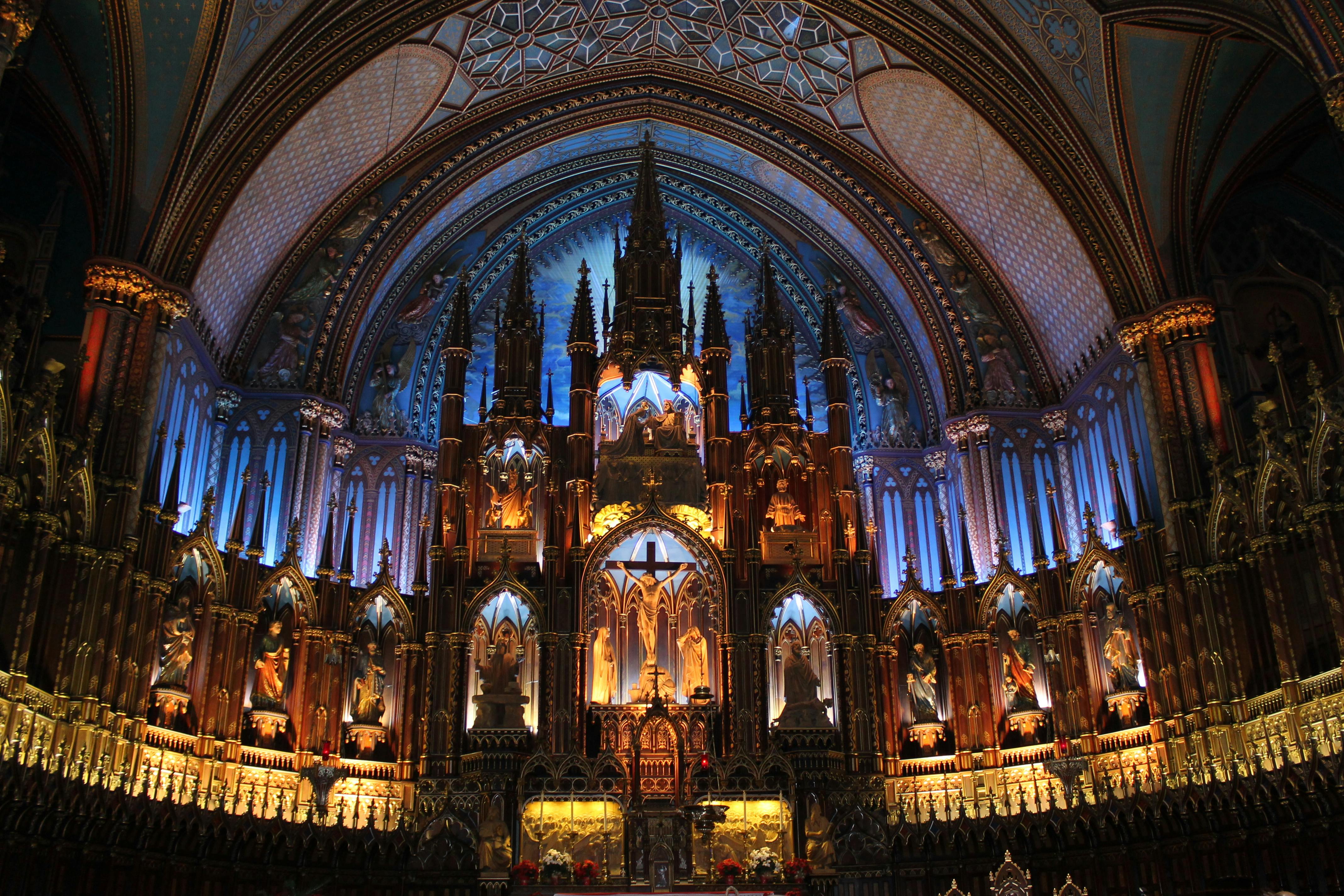Sculpture as a form of spiritual art has a rich history, with artists and cultures utilising it to express deeply personal and culturally significant beliefs. The choice of materials in creating a sculpture is far from arbitrary; it can influence the meaning, spiritual connection, and overall impact of the artwork.

In spiritual art, where symbolic meaning and emotional resonance are paramount, the material used can alter how the sculpture is perceived and how it interacts with the observer. In this article, we will explore the significance of a sculpture’s material in spiritual art and its impact on the message conveyed by the artwork.
If you’d like to explore more, look these up on our website.
The Symbolism Behind Sculpture Materials
Understanding Material Choices In Spiritual Art
Materials have always carried symbolic meanings throughout history. In spiritual art, the medium used often carries deep cultural, religious, or philosophical significance. For instance, gold is associated with divinity and purity in many cultures, while stone may represent the timeless and unchanging nature of the universe.
- Wood: Wood, a material that grows from nature, often represents life, growth, and change. It is a material that connects humanity with the earth, making it common in indigenous spiritual sculptures.
- Stone: Stone, such as marble or granite, is often used in sculptures intended to withstand the test of time. It symbolises permanence, stability, and the idea of enduring faith.
- Metal: Metals like bronze or gold are used in spiritual art to signify strength, eternity, and the celestial. In many religious contexts, gold represents the divine light or enlightenment.
- Clay: Clay, in its malleable form, is often used for more intimate, earthly depictions. It can be a symbol of creation, of humanity’s connection to the earth.
The choice of material isn’t just aesthetic; it communicates the very essence of the artwork. Each material offers a distinct texture, weight, and interaction with light that can subtly affect the sculpture’s spiritual significance.
Material And Its Spiritual Energy
Many spiritual practices view materials as possessing inherent energies or qualities. For example, in Hinduism, specific stones are believed to possess spiritual power, as seen in the use of Shiva lingams, which are made of stone. The material of a sculpture can be thought of as an amplifier of these energies, whether it be calming, energising, or grounding.
- Resonance with the Divine: Sculptures crafted from precious materials, such as gold or silver, are often created to invoke divine energy or convey an idealised form of divinity. Such materials are thought to reflect or absorb spiritual energy.
- Earthly Connection: Materials like clay and wood connect the sculpture to the earth, grounding the observer in the natural world. These materials are often used in spiritual practices that focus on the cycles of nature, growth, and renewal.
- Durability and Permanence: The use of materials like stone, particularly in religious statues or monuments, can signify the eternal nature of spiritual truths and deities.
How Material Influences Perception Of Spiritual Art
Impact Of Material On Emotional Engagement
The material of a sculpture plays a crucial role in shaping the viewer’s emotional response. For instance, a marble sculpture of a serene deity may evoke a sense of tranquillity, while a rough-hewn stone figure may invoke a sense of raw power. These emotional responses are often the result of the tactile properties and visual effects of the material.
- Smooth, Polished Surfaces: Materials like marble, often polished to a smooth finish, are associated with purity and calmness. The texture can evoke a sense of serenity and peace, which is often sought after in spiritual art.
- Rough or Textured Surfaces: Materials like clay or raw stone can feel more immediate or tactile. They can evoke a sense of the earthly, the grounded, and the visceral, inviting the viewer to connect with the spiritual on a more physical level.
- Reflective Surfaces: Materials like bronze or gold are often highly reflective, and these materials can create a sense of awe, wonder, or transcendence. The reflective qualities of the sculpture can make it feel alive, as though the divine is present in the artwork.
The emotional engagement of the viewer with the material can lead to a more profound spiritual experience. Whether the material reflects light or absorbs it, the result is a deeper connection between the observer and the artwork.
Material And Light Interaction
Light is a crucial consideration in spiritual art, as it can enhance the meaning of a sculpture. The material of the sculpture will interact differently with light, creating varying effects and moods.
- Translucent Materials: Materials like alabaster or jade allow light to pass through, creating a glow from within the sculpture. This effect can suggest spiritual enlightenment or the inner light of divinity.
- Opaque materials, such as stone, wood, or metal, block light and create strong contrasts of shadow. These materials can give the sculpture a sense of solidity, permanence, and mystery.
- Reflective Materials: Metals like bronze or gold can reflect light in interesting ways, creating a dynamic interplay between the sculpture and its surroundings. The reflected light can create a sense of divinity or transcendence, as if the sculpture itself is a mirror of the cosmos.
Understanding how the material interacts with light can significantly influence how the viewer interprets the spiritual message conveyed by the sculpture. Light can accentuate the sacredness or ethereal nature of the artwork, adding an extra layer of meaning.
The Role Of Material In Cultural And Religious Contexts
Sacred Materials In Religious Sculptures
Many religions have specific materials that are considered sacred or imbued with divine power. In these contexts, the material choice plays a crucial role in the religious and spiritual significance of the sculpture.
- Hinduism: In Hindu temples, sculptures of deities are often made from materials such as stone or metal, which are thought to channel divine energy. The material itself is considered an essential element in the process of creating sacred art.
- Buddhism: In Buddhist traditions, sculptures of the Buddha are often made from bronze or other metals to represent the unchanging, eternal nature of the Buddha’s teachings. The material embodies the purity and enduring nature of the Buddha’s wisdom.
- Christianity: In Christian art, sculptures of saints or religious figures may be made from wood, stone, or marble. The material can evoke the humility of Christ (wood), the eternal nature of God (stone), or the heavenly light (marble).
In these religious contexts, the material of the sculpture serves not only to create an aesthetic object but also plays an integral role in the spiritual experience. It helps to connect the worshipper with the divine or sacred truths represented in the sculpture.
Cultural Significance Of Materials In Spiritual Art
Different cultures have unique views on the spiritual significance of materials. In African spiritual art, for example, masks made from wood or metal may represent ancestral spirits. In Native American culture, materials such as stone or feathers are often imbued with spiritual significance and used in sacred ceremonies.
- Indigenous Cultures: In many indigenous cultures, the choice of material for sculptures is deeply tied to the environment and the natural world. Materials like wood, bone, and stone are often chosen because they connect the artwork to the spiritual essence of nature.
- Western Spiritual Art: In Western traditions, materials like marble or bronze have been used to create sculptures of religious figures, symbolising divine beauty and perfection. These materials have been traditionally associated with high art and are used to elevate the spiritual figure depicted.
The material used in a sculpture reflects not only the beliefs of the artist but also the cultural or religious context in which it was created. Each culture brings its unique approach to material and meaning, enriching the diversity of spiritual art.
Conclusion
The material of a sculpture holds profound importance in spiritual art. Whether it is wood, stone, metal, or clay, each material has its own symbolic and spiritual significance. The material used in a sculpture significantly influences how the work is perceived, its interaction with light, and its emotional and spiritual resonance with the viewer.
From ancient religious symbols to modern spiritual expressions, the choice of material is integral to the message conveyed. Understanding the significance of the material in spiritual art enables us to appreciate the deeper layers of meaning embedded in these works, thereby enriching our connection to the divine and the sacred.
By carefully selecting materials, artists create more than just objects; they craft spiritual experiences that connect us to something greater than ourselves. The material is the vessel through which the artist transmits spiritual energy, inviting us to engage with the sacred in a deeper, more meaningful way.
Frequently Asked Questions
Why Is The Choice Of Material Important In Spiritual Sculpture?
The material of a sculpture plays a crucial role in conveying its spiritual meaning. Different materials, such as wood, stone, or metal, have symbolic associations that can foster a deeper emotional and spiritual connection with the viewer. For example, stone may represent permanence, while gold can symbolise divine light.
The choice of material also influences how the sculpture interacts with light, texture, and the viewer’s emotional engagement.
How Does The Material Of A Sculpture Affect Its Spiritual Energy?
Each material in spiritual art carries inherent energies that align with certain spiritual qualities. For example, materials like jade or gold are often believed to hold spiritual power or divine energy. In contrast, earth-based materials like clay or wood may represent a grounding connection to nature.
The material amplifies or channels these energies, affecting how the viewer experiences the artwork on a spiritual level.
Can The Material Of A Sculpture Impact Its Cultural And Religious Significance?
Yes, the material of a sculpture can deeply reflect cultural and religious beliefs. In various cultures, specific materials are chosen for their sacred meanings, such as gold in Christian art, which symbolises the divine, or wood in indigenous art, which reflects a connection to ancestral spirits.
The material is integral to conveying the cultural or spiritual values of the community that created the artwork.
